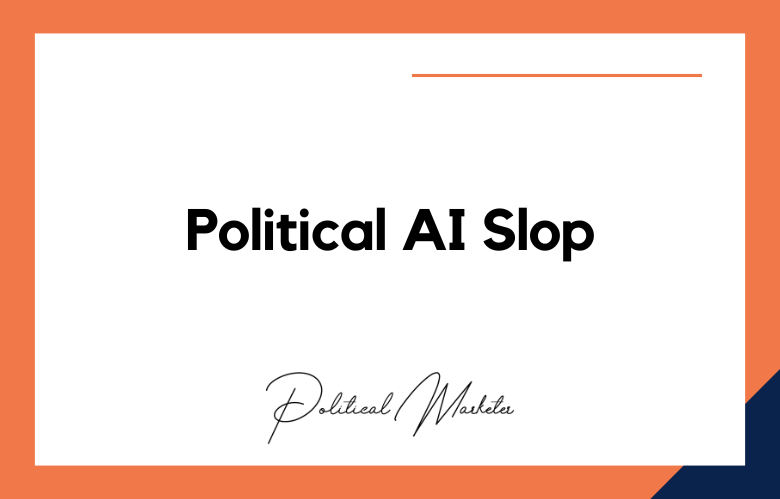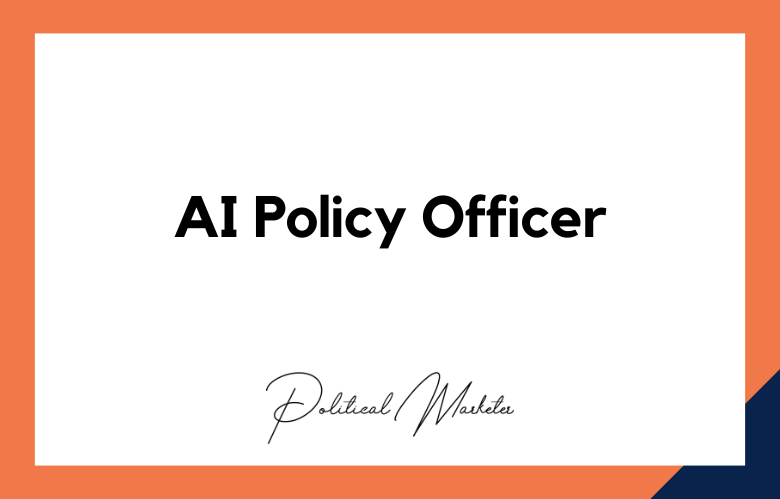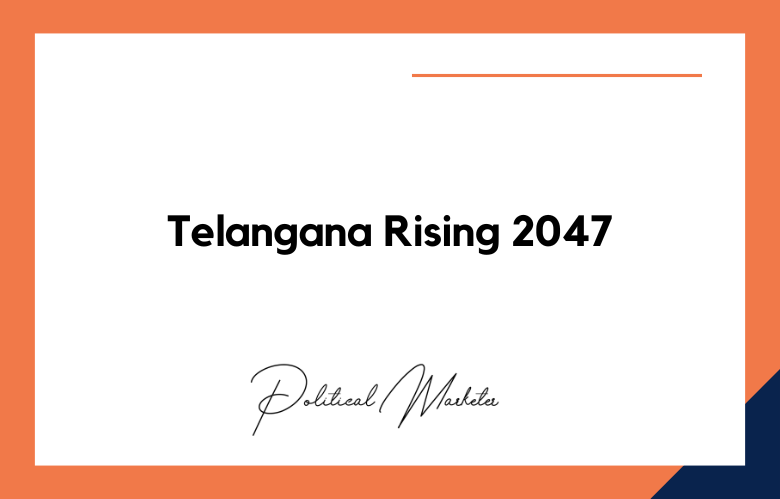Running a successful political campaign requires an effective marketing strategy. A comprehensive, integrated marketing plan includes online and offline elements in today’s digital age. Here’s what you should know about integrated political marketing campaigns and how they can help your campaign reach its goals.
What is Integrated Political Marketing?
Integrated political marketing is a strategy that fuses the best aspects of traditional and digital marketing tactics to generate more engagement with your target audience. This type of campaign combines various media, such as television, radio, direct mail, digital advertising, email campaigns, and social media platforms, to create a unified message for your campaign. An integrated political marketing campaign will allow you to reach different audiences by leveraging multiple channels’ power.
Benefits of Integrated Political Marketing Campaigns
Integrated political marketing campaigns provide numerous advantages for any political candidate looking to reach their constituents. The most significant benefit is that it allows candidates to communicate their message quickly and cost-effectively across multiple platforms.
Additionally, running an integrated campaign will enable candidates to track their audience’s response to their message in real time so they can make timely adjustments as needed. Finally, integrating your online and offline resources into one cohesive campaign allows you to maximize your budget while ensuring your message reaches its intended audience.
Integrated political marketing campaigns offer many advantages over more traditional advertising and outreach methods. First and foremost, they allow campaigns to target specific demographics with tailored messages. It is essential to sway undecided voters or those who have already decided on a particular candidate or issue. By creating customized notifications for each group of voters, campaigns can hone in on that demographic’s exact needs and concerns—potentially winning them over.
In addition to providing targeted messaging, integrated political marketing campaigns also provide data-driven insights into voter preferences. By tracking how people respond to different types of messaging and which platforms they use most often, campaigns can better understand what works and doesn’t work for their particular audience. This invaluable insight allows them to adjust their strategies and maximize their efforts for maximum effectiveness.
Integrated political marketing campaigns allow for real-time feedback from voters across multiple channels. This feedback can be used to quickly adjust messaging or respond directly to any concerns that arise throughout a campaign. Real-time feedback also makes it much easier for campaigns to stay on top of any emerging trends or issues that could affect the outcome of an election or referendum vote—allowing them to pivot quickly if needed to ensure victory at the polls.
How do we get Started?
Before launching any integrated political marketing campaign, it’s essential to clearly understand your target audience and what messages will resonate with them best. After researching the demographics and psychographics of your target market (age range, gender, income level), you can begin creating content for each channel based on these insights.
Once you’ve determined which channels you will use for communication (television commercials, radio ads, etc.), make sure that all messaging from each channel remains consistent throughout the campaign, so there are no discrepancies in what information is communicated across channels or platforms.
Understanding Your Audience
Before creating any marketing campaign, knowing what your audience cares about is essential. Researching and analyzing your target demographic will help you craft messages that resonate with them. It also allows you to tailor your marketing strategies for different groups so that you can communicate effectively with each one. Additionally, understanding your audience helps you determine which channels are best for reaching them.
Creating Content That Resonates
Once you understand your target demographic well, it’s time to start creating content that resonates with them. It means crafting messages that not only inform but also inspire potential voters. It would help if you focused on crafting content that speaks directly to the values and interests of your target audience while still being informative and engaging.
Create content in different formats, such as text-based blog posts, videos, or podcasts, so people can access the information in whatever form they prefer.
Maximizing Visibility
Finally, once you have created content that resonates with your target audience, it’s time to maximize its visibility by leveraging multiple channels such as search engine optimization (SEO), social media advertising campaigns (Facebook Ads or Twitter Ads), email newsletters, etc., to reach more people than ever before.
Influencers or celebrities can be a great way to amplify your message and increase engagement with potential voters and existing ones.
How to Implement an Integrated Political Marketing Campaign
A clear strategy before launching initiatives is the key to creating an effectively integrated political marketing campaign.
First, identify what channels will best reach your target audience. Social media platforms such as Twitter or Instagram are often great for younger audiences, while newspapers or radio might be better suited for older demographics.
Next, decide what message you want to communicate through each channel—this could include information about upcoming events or policy announcements related to your candidacy and visuals that reinforce that message. Finally, consider how you can tie all these elements together into one cohesive campaign by using content from one channel on another (e.g., posting pictures from rallies on social media).
Conclusion
An effective integrated political marketing campaign can help ensure success when it comes time for voters to cast their ballots on election day.
By combining traditional and digital tactics into one unified strategy tailored to key demographics within your target audience base, you can efficiently maximize engagement with potential voters using limited resources.
So, if you want your message heard loud and clear during this election cycle, invest in an integrated approach!
There is a lot to consider when running a successful political marketing campaign.
The candidate must choose the proper integrated political marketing strategy to maximize the efficiency of their message and obtain the best outcome from their campaign.
Remember that targeting your audience, segmenting your market, taking advantage of digital marketing tactics, using data-driven strategies, and using political consulting firms are all essential to any successful integrated political marketing campaign.
Understanding how these methods can help you achieve your goals will make launching and maintaining an effective campaign much more accessible.
For those looking for assistance with their political campaigns, professional political consulting services are available. These services suggest knowledge-based solutions and provide out-of-the-box suggestions while staying within budget.
With the right strategies and expertise on your side, you have the power to be seen and heard during the next election season!
Integrated Political Marketing Campaigns: FAQs
What is an integrated political marketing campaign?
It’s a unified strategy where all campaign messages and media channels work together to promote a candidate or cause consistently across platforms—online, offline, paid, and earned.
Why does integration matter in political campaigns?
It ensures consistency in messaging, improves voter trust, prevents resource duplication, and helps reach people more effectively across multiple touchpoints.
How is integrated marketing different from traditional political campaigning?
Traditional campaigns often treat each channel separately. Integrated marketing connects everything—TV ads, social media, speeches, ground efforts—under a single, coherent strategy.
What channels are used in integrated political marketing?
TV, print, radio, social media, email, websites, search ads, SMS, events, and in-person canvassing are all coordinated to deliver the same core message.
Can digital and offline efforts really work together?
Yes. A door-to-door volunteer might follow up with a voter who already saw an ad on Instagram or received a personalized email. It builds reinforcement and recall.
How do you make sure all campaign channels are aligned?
Use one central campaign message or slogan. Then adapt it slightly to fit the tone and format of each platform while staying true to your main message.
Who manages an integrated political campaign?
Usually, a campaign strategist or digital director ensures coordination between content creators, field teams, ad buyers, social media managers, and public relations staff.
What role does data play in integration?
Data helps track voter behavior across channels, showing what works and where to invest more. It also supports personalization at scale.
How can voter data improve campaign consistency?
If you know what issues matter most to each segment of your audience, you can tailor messages while keeping the campaign voice unified.
What’s the benefit of consistent branding in politics?
It builds recognition and credibility. When voters see the same tone, visuals, and messaging everywhere, it strengthens the candidate’s identity.
Does integrated marketing help with voter persuasion?
Yes. Repeated, coordinated exposure increases trust and message retention, which are key to changing minds or reinforcing support.
Can smaller campaigns also use integrated marketing?
Definitely. Even without a big budget, smaller campaigns can align their door knocking, WhatsApp messages, and social media to tell one cohesive story.
What are common mistakes in non-integrated campaigns?
Mixed messages, clashing visuals, disjointed timing, and teams working in silos all hurt clarity and voter trust.
How do social media and email work together in this approach?
Social media can grab attention, while email dives deeper with longer-form content and calls-to-action like donations or event signups.
What tools support integration in political campaigns?
CRMs, content calendars, ad management platforms, email marketing software, and analytics dashboards all help teams stay coordinated.
How often should campaign messaging be updated?
Core messaging should stay stable throughout the campaign, but you can tweak language, visuals, or delivery based on audience response and evolving issues.
What’s the role of storytelling in integrated campaigns?
Storytelling helps unify the campaign across formats. A powerful story can be told as a tweet, a video, a speech, or a flyer—each version supporting the same emotional core.
Can integrated campaigns handle crisis moments better?
Yes. With all channels aligned, you can respond faster and more consistently, reducing confusion or misinformation during critical times.
Is A/B testing part of integrated campaign strategy?
Absolutely. Testing different versions of ads or emails lets you see what resonates without straying from your main campaign message.
How do you measure success in an integrated political campaign?
You track engagement, conversions, message retention, brand recognition, and—most importantly—voter turnout or support shifts across channels.











